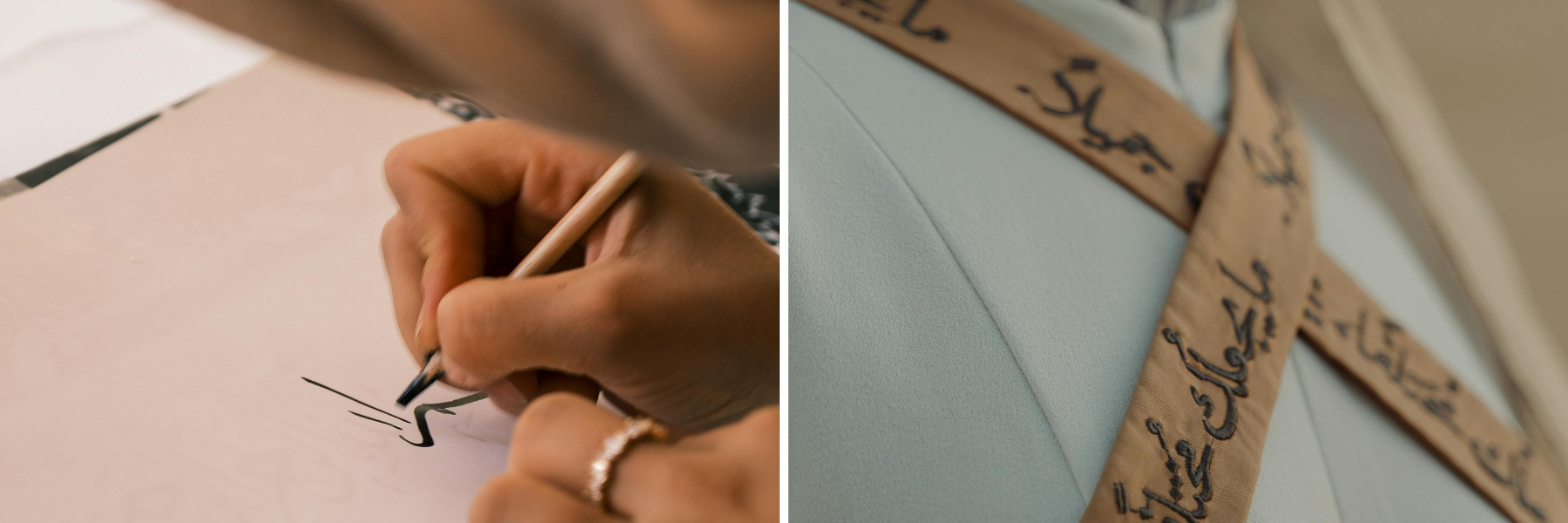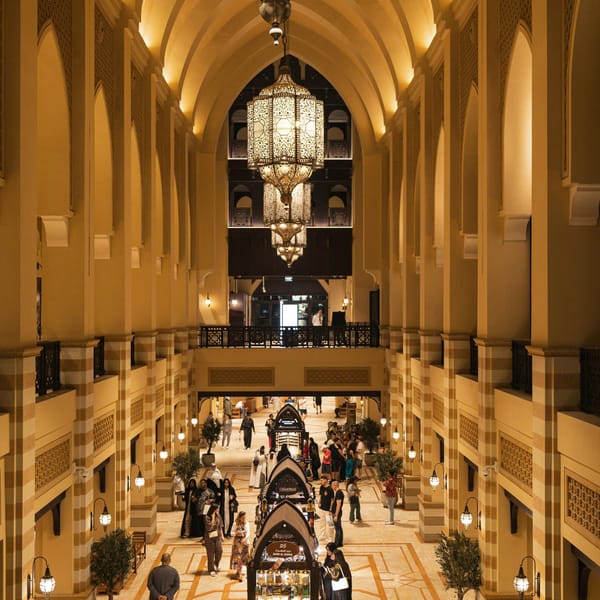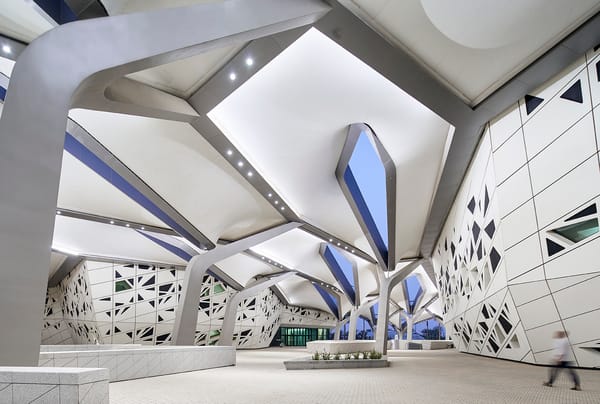Key Takeaways
- Translate meaning, not just words, to move from parity to preference.
- Treat Arabic language and the ritual calendar as strategic design inputs, not afterthoughts.
- Use modesty as a creative brief to protect brand equity whilst aligning with regional values.
Luxury brands often speak about global codes, craft, scarcity, and service.
In the Gulf, those codes still matter, but they only unlock the first door. The second door opens with cultural sensitivity: a disciplined understanding of language, ritual, aesthetics, and status that shapes how affluent customers want to be seen, served, and remembered.
This is not a matter of translation layered onto an English master. It is a strategic choice to build legitimacy and access by speaking the region’s cultural language with elegance and care.
From parity to preference
In high-end categories, parity is the baseline.
Everyone claims heritage, artisanship, and VIP service, so the margin of difference lives in cultural nuance. The brands that win translate meaning, not only words. They shift from a global message in Arabic to a Gulf message expressed through global craft. When a brand achieves that shift, clients feel understood rather than targeted — which transforms a purchase into a pattern.
Three realities anchor that pattern in the Gulf.
- Identity is both collective and individual. Family, tribe, and national pride sit alongside personal taste, especially for milestone gifting and hospitality.
- Time is ceremonial. Ramadan, Eid, National Days, and wedding seasons reshape demand, creative direction, and the rules of discretion.
- Status is subtle. Dignity and modesty inform how service should feel: anticipatory, private and never performative.
Brands that align with these truths do not feel imported. They feel native — which is the ultimate signal of respect.
Language as trust
Language sits at the heart of this respect.

Arabic headlines deserve the same poetry, rhythm, and typographic integrity as any global campaign. The nuance of transliteration and naming conventions carries weight, as do choices about Modern Standard Arabic and Khaleeji flavor. The right balance warms a message without diluting elegance, and it signals that the brand is speaking to a client rather than at them.
These are not cosmetic decisions. They are trust decisions. And they are noticed.
The ritual calendar
Respect for the ritual calendar is equally foundational.
Ramadan is not a sales season; it is a spiritual season. Campaigns that speak to reflection, generosity, and time with family feel appropriate, whilst colour, sound, and visual tempo should be restrained. Store environments should be quiet rather than demanding attention. Launch timings should take into account iftar and prayer schedules.
When Eid arrives, the tone can celebrate joy and gifting, but without aggressive commercialism. This cadence — contemplative then celebratory — demonstrates a brand’s grasp of the region’s emotional calendar.
Modesty as a design brief
Imagery should remain aspirational while respecting local norms.
Tailoring, graceful silhouettes, and refined styling can convey luxury without leaning on revealing cuts or provocation. In beauty and jewellery, the story lives in material truth, technique, and light. A camera that lingers on craftsmanship tells a richer story than any overt pose.

This approach protects global brand equity and aligns with regional values at once, allowing a house to remain unmistakably itself while meeting clients where they are.
Intention, not decoration
Creative teams that succeed in the Gulf internalise these choices early.
They invite Arabic language strategists and regional cultural advisors into the brief, not just the final proof. They re-art-direct for Arabic layouts so the script’s forms sing, and they treat Arabic with the same typographic rigour as English or French across store windows, digital assets, and packaging.
The result is not decoration. It is an intention. And intention is what the client experiences as respect.
Micro-signals, macro-trust
Cultural fluency communicates something more profound than correctness.
Clients notice when a headline lands beautifully in Arabic, when a product name is transliterated with care, when a Ramadan window is contemplative rather than commercial, and when an Eid invitation respects prayer timings. These micro-signals accumulate into macro-trust. They tell a story of a brand that is present with understanding, not simply present with inventory.
The move from translation to relevance is an editorial act as much as a design act. Remove what travels poorly across cultures; keep what travels well — the truth of craft, the patience of service, and the dignity of tone. When language, season, and image align with the lived experience of Gulf clients, a luxury house not only sells, it belongs.
Written by












